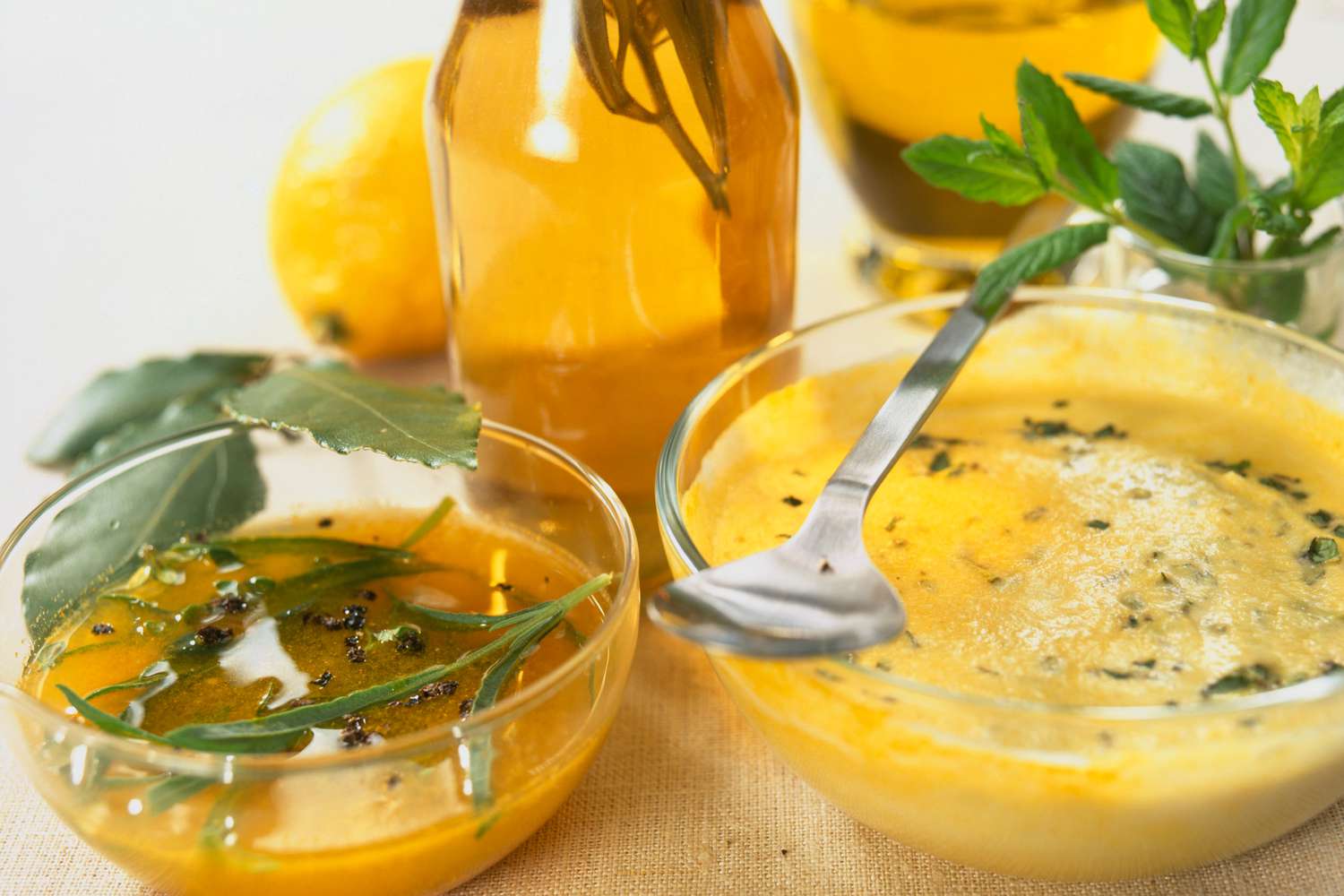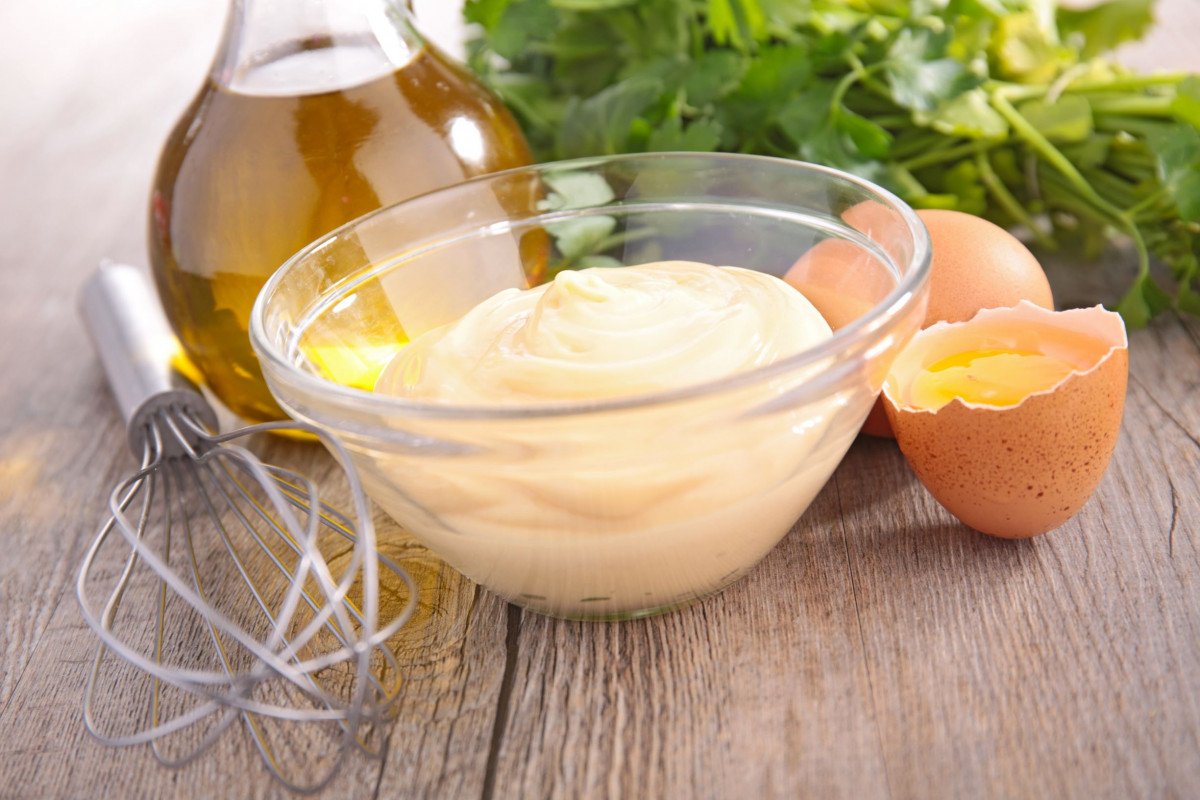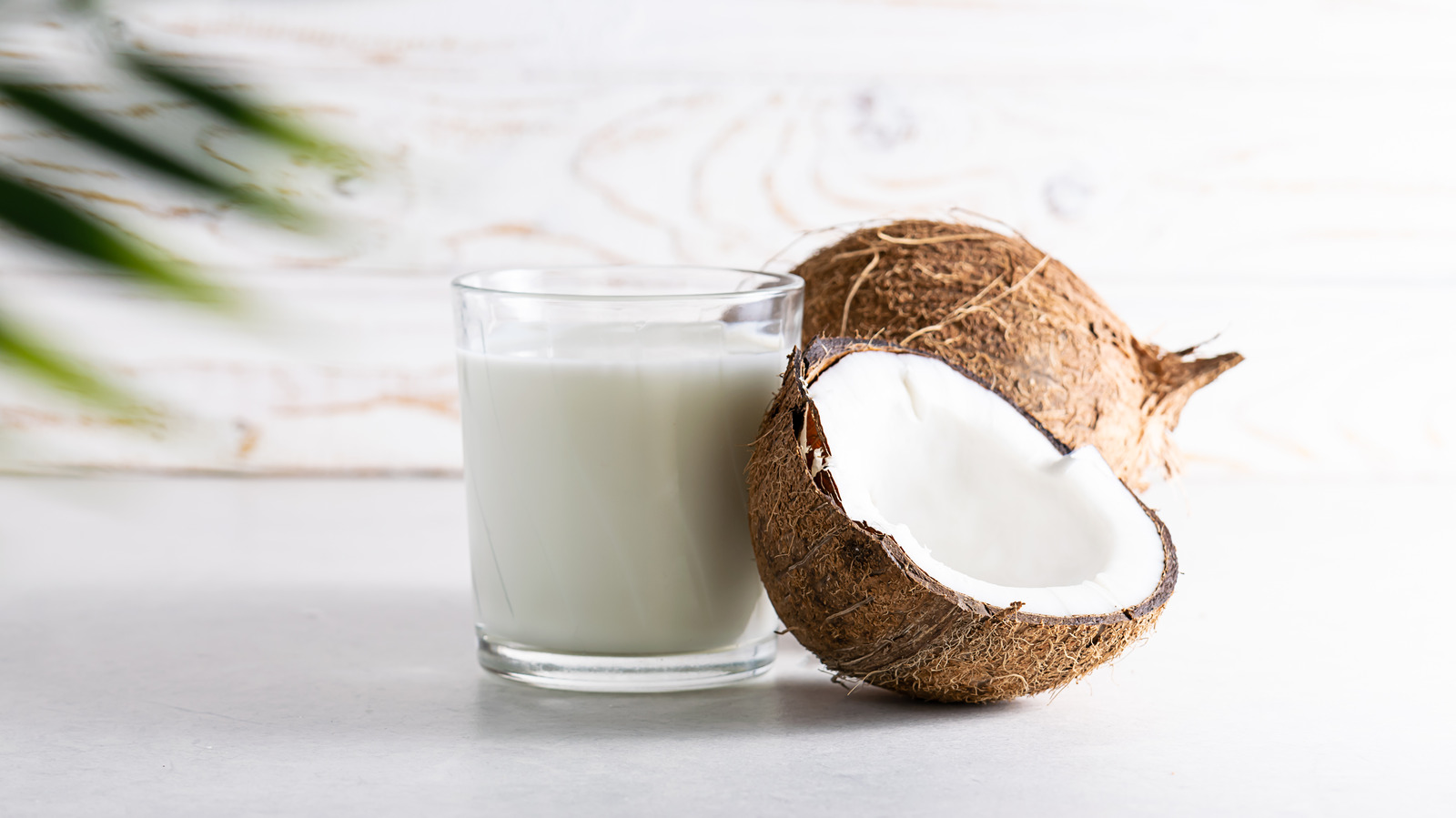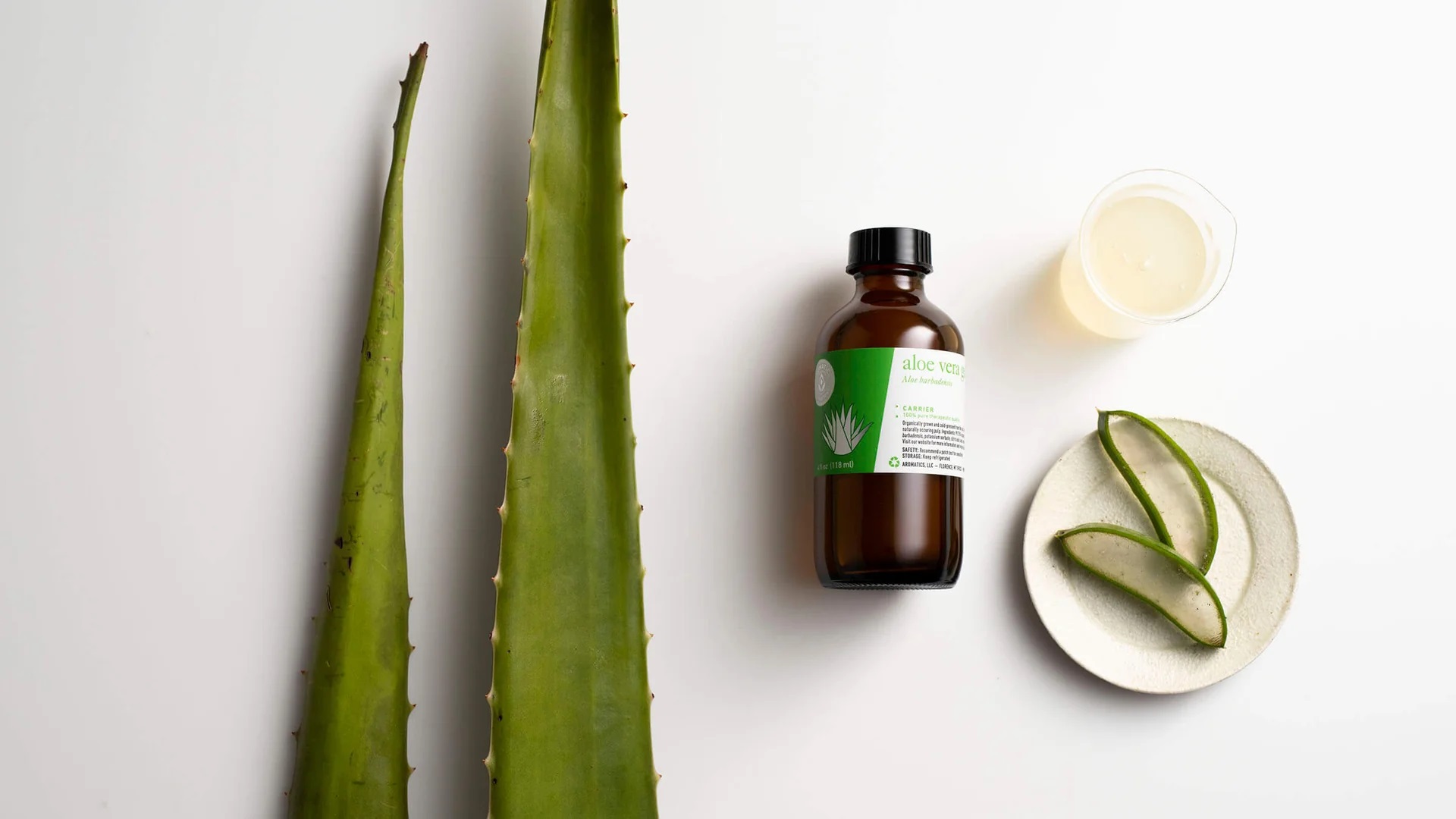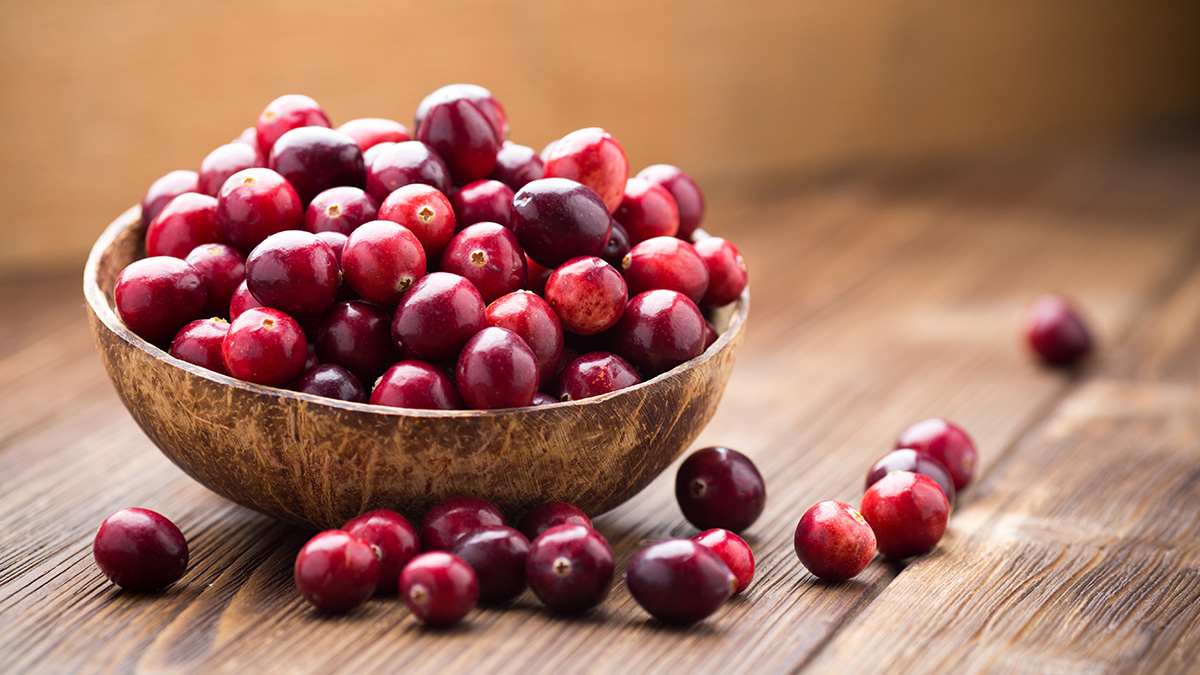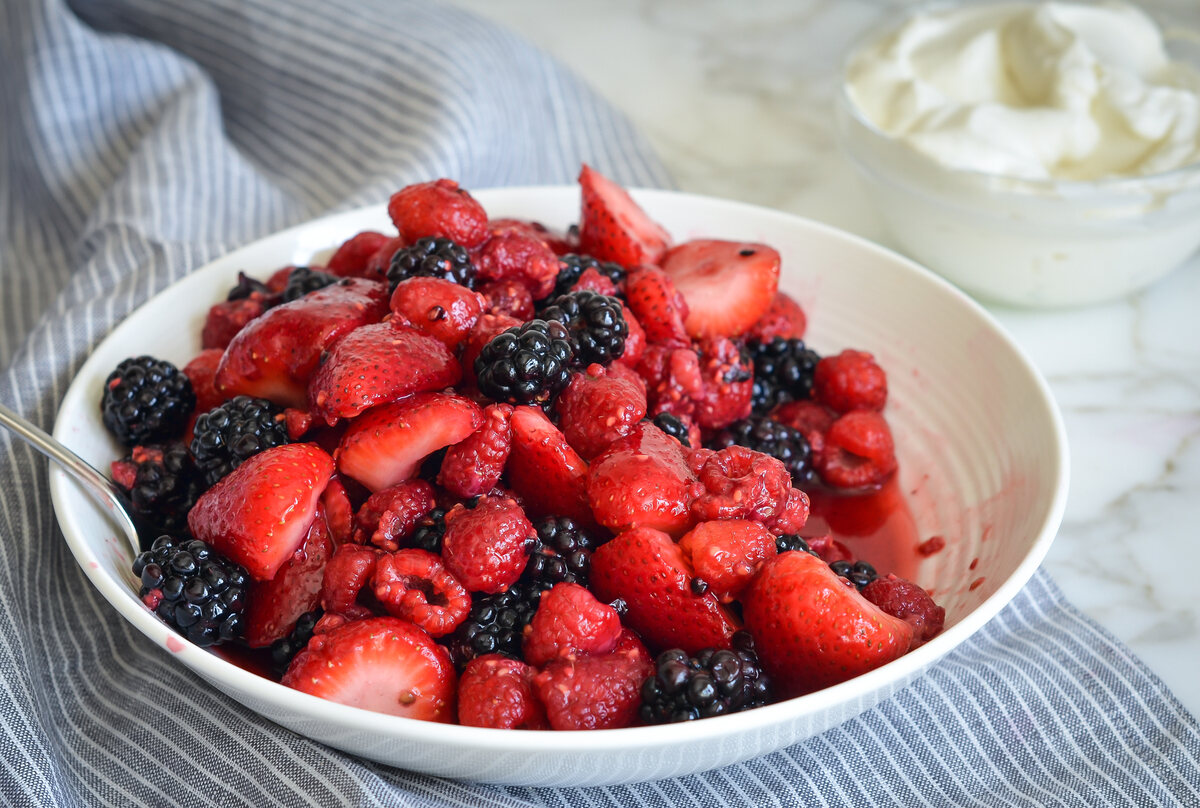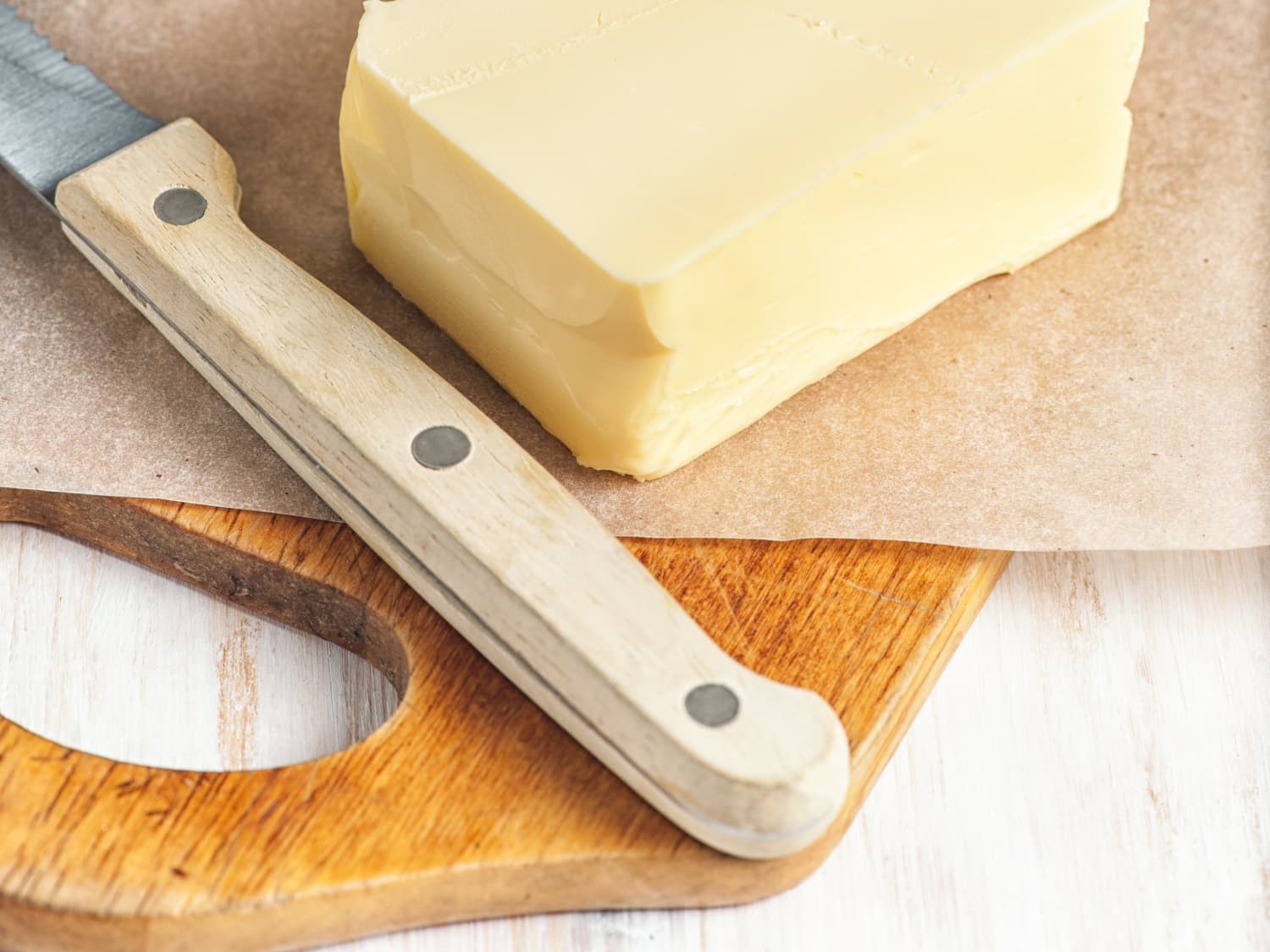Emulsifying Fats Into Broth: A Delicious Technique
Emulsifying fats into broth is a fantastic way to add richness and flavor to your dishes. Whether you’re making a soup, sauce, or stew, emulsifying fats can take your culinary creations to the next level. In this article, we’ll explore the process of emulsifying fats into broth and provide you with some tips for achieving the perfect emulsion.
What Is Emulsification?
Before we dive into the process of emulsifying fats into broth, let’s first understand what emulsification is. Emulsification is the process of combining two liquids that don’t naturally mix together, such as oil and water, into a smooth and stable mixture. In the culinary world, emulsification is often used to create creamy and luxurious textures in dishes.
Emulsifying Fats Into Broth
When emulsifying fats into broth, you are essentially creating a stable mixture of fat and liquid. This process can be achieved by slowly incorporating the fat into the broth while simultaneously agitating the mixture. The key to successful emulsification is to create tiny droplets of fat that are evenly dispersed throughout the broth, resulting in a smooth and creamy texture.
Tips for Emulsifying Fats Into Broth
Here are some tips to help you emulsify fats into broth like a pro:
- Use a Blender or Immersion Blender: A blender or immersion blender can help create a stable emulsion by breaking the fat into tiny droplets and dispersing it evenly throughout the broth.
- Start with a Stable Base: Begin with a stable base such as a broth or stock that will provide a foundation for the emulsification process.
- Slowly Incorporate the Fat: Add the fat to the broth gradually, whisking or blending continuously to ensure that it is evenly dispersed.
- Keep the Mixture Moving: Agitate the mixture while emulsifying to prevent the fat from separating from the broth.
- Adjust the Seasoning: Once the emulsification is complete, taste the mixture and adjust the seasoning as needed to achieve the perfect balance of flavors.
Benefits of Emulsifying Fats Into Broth
Emulsifying fats into broth offers a range of benefits, including:
- Enhanced Flavor: Emulsified fats can add richness and depth of flavor to your dishes.
- Improved Texture: Emulsification can create a creamy and luxurious texture in soups, sauces, and stews.
- Stability: A well-emulsified mixture is stable and less likely to separate, ensuring a consistent texture throughout your dish.
Experiment and Enjoy
Now that you have a better understanding of how to emulsify fats into broth, it’s time to get into the kitchen and start experimenting. Whether you’re making a velvety soup or a silky sauce, emulsifying fats into broth is a versatile technique that can elevate your cooking to new heights. So go ahead, grab your blender, and start creating delicious emulsified dishes today!
For those looking to master the art of emulsifying fats into a broth, there are several recipes that make for a great starting point. Try the Classic Creamy Tomato Basil Soup for a comforting dish that perfectly blends the richness of tomatoes and basil with a creamy texture. If you're in the mood for something luxurious, the Lobster Bisque provides a decadent experience that showcases how emulsification can elevate seafood flavors. The Creamy Potato Leek Soup is another excellent choice, ideal for those who appreciate a hearty and smooth consistency. For a dish that's both elegant and satisfying, Velvety Mushroom Soup offers a fantastic canvas to practice your emulsification skills. Finally, the Smooth Carrot Ginger Soup combines vibrant flavors with a silky texture, showing just how versatile this technique can be. Each of these recipes will help you hone your ability to emulsify fats, resulting in deliciously creamy and smooth soups.
Was this page helpful?
Read Next: How To Emulsify Honey And Oil
